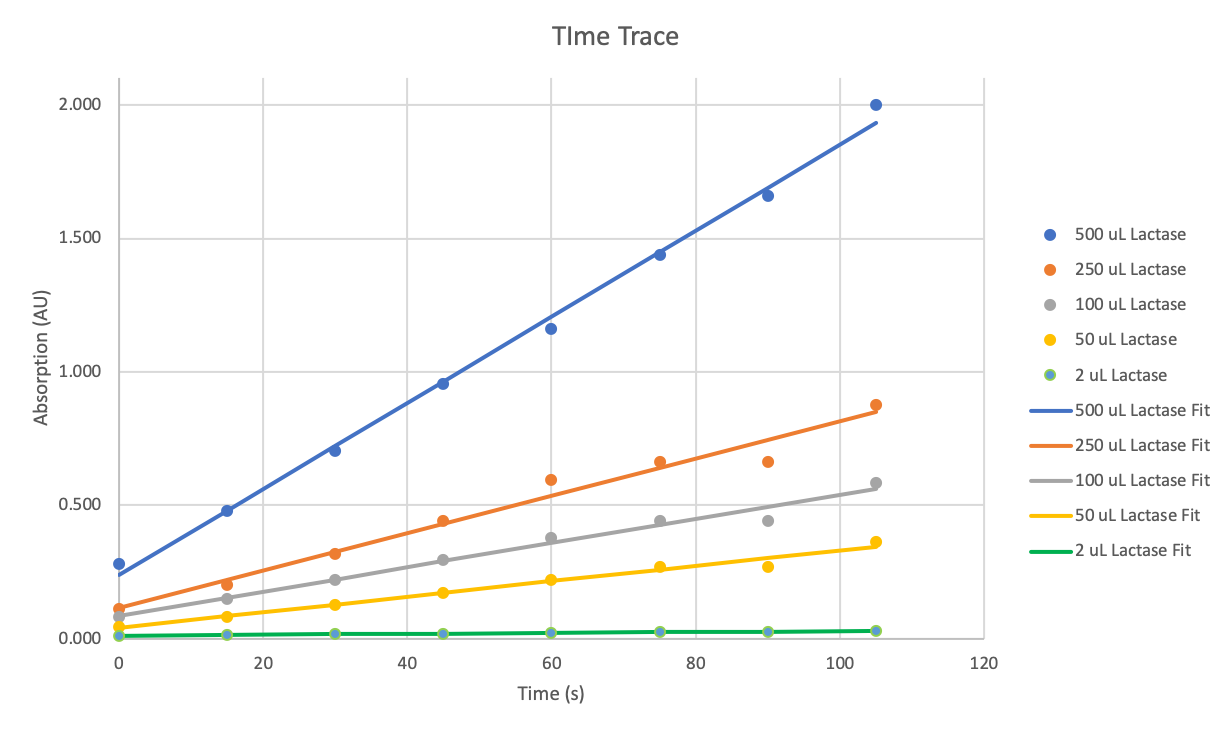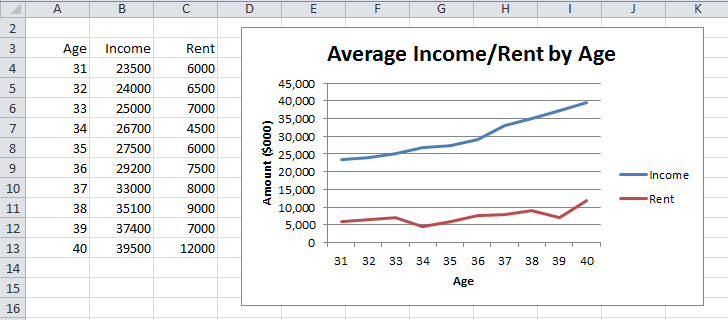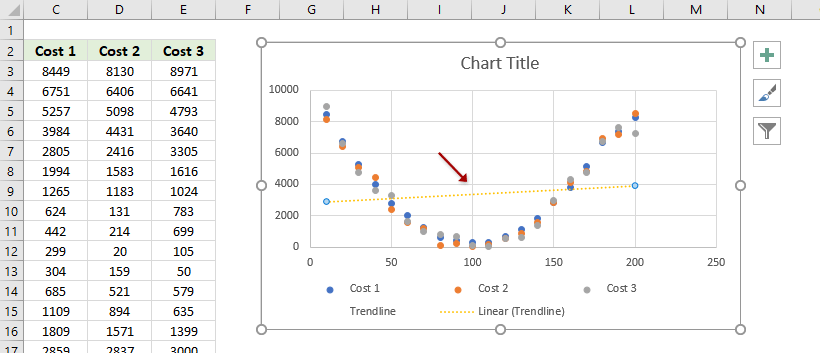


While it can be fun to experiment with different styles, choose the theme that best fits your purpose. Remove any unnecessary information so your audience can focus on the point you’re trying to get across.Ĭhoose Appropriate Themes: Consider your audience, the topic, and the main point of your chart when selecting a theme. Make It Clean: Cluttered graphs - those with excessive colors or texts - can be difficult to read and aren’t eye catching. Below are the top five best practices to make your chart or graph as clear and useful as possible: Excel also has a variety of preset chart and graph types so you can select one that best represents the data relationship(s) you want to highlight.Īlthough Excel provides several layout and formatting presets to enhance the look and readability of your chart, using them won’t ensure that you maximize the effectiveness of your chart. It’s easy to create charts and graphs in Excel, especially since you can also store your data directly in an Excel Workbook, rather than importing data from another program. You can create a chart or graph to represent nearly any kind of quantitative data - doing so will save you the time and frustration of poring through spreadsheets to find relationships and trends. People often use charts and graphs in presentations to give management, client, or team members a quick snapshot into progress or results. Charts are also considered more visual than graphs, since they often take a different shape than a generic x- and y-axis. Charts are a bit more complex, as they allow you to compare pieces of a data set relative to the other data in that set. Graphs are the most basic way to represent data visually, and typically display data point values over a duration of time.

While the terms are often used interchangeably, they are slightly different. No-code required.Ĭharts and graphs elevate your data by providing an easy-to-understand visualization of numeric values.


 0 kommentar(er)
0 kommentar(er)
